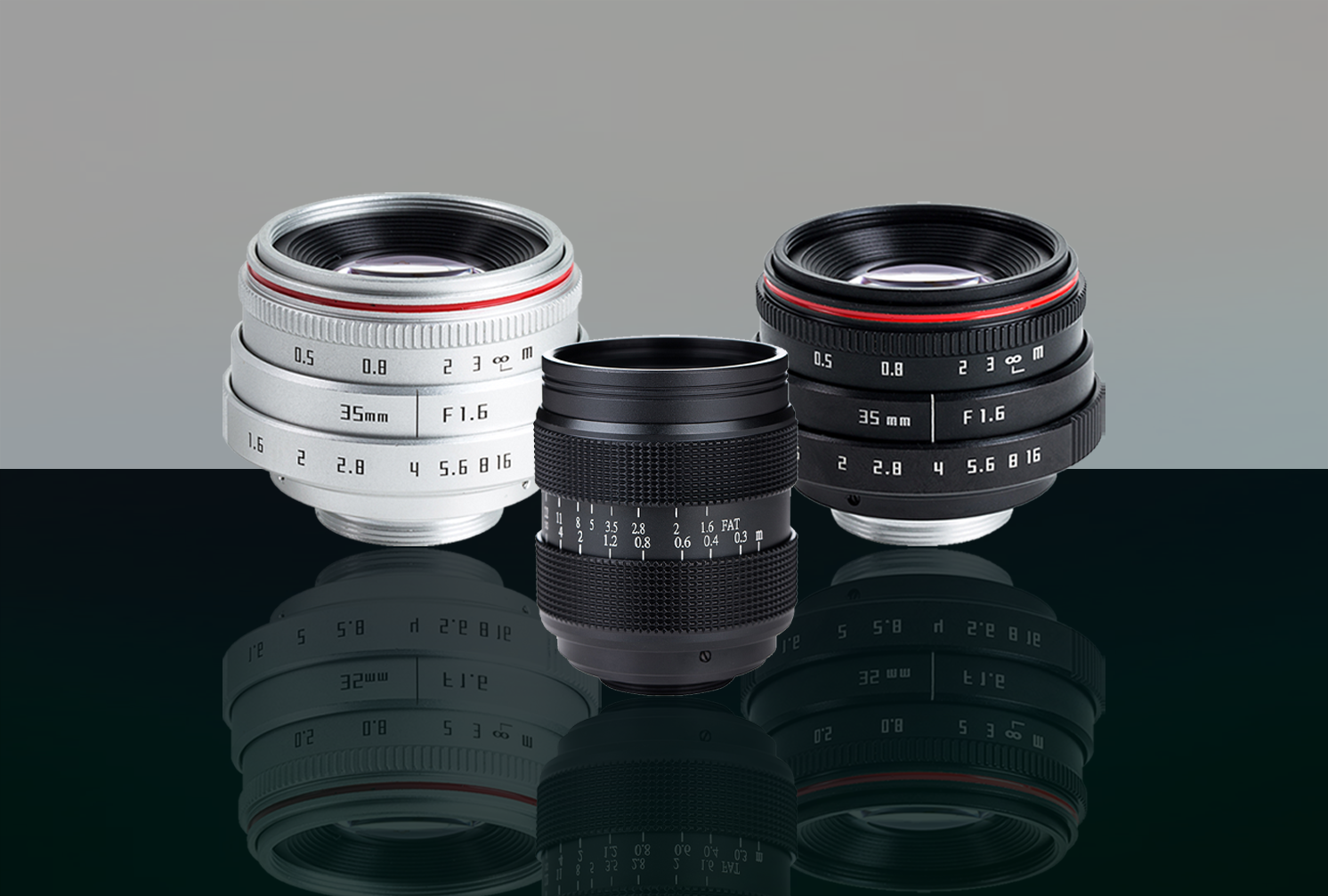This product was successfully added to cart!
China wholesale Mount Adapters - Lens Holders – ChuangAn
| Model | Sensor Format | Focal Length(mm) | FOV (H*V*D) | TTL(mm) | IR Filter | Aperture | Mount | Unit Price | |
|---|---|---|---|---|---|---|---|---|---|
China wholesale Mount Adapters - Lens Holders – ChuangAn Detail:
The lens holder is used to stabilize and maintain the position of all optics in the lens assembly. The main purpose of the lens holder is to provide stability and hold the optics securely in place. Lens holders can also be used with filters, polarizers, pinholes, and many geometry-adaptive elements. The correct choice of lens mount depends on the application, optics, desired accuracy, and the number of adjustment directions. Cost may be an additional consideration, depending on the number of optical components involved.
There are many types of lens mounts available to hold lenses of various shapes and characteristics. Common frames include fixed frames, fixed frames with retaining rings, biaxial frames, universal frames, and self-centering frames. The Fixed Lens Mount with Single Screw Holder is a simple, low cost edge mount lens mount. When medium accuracy is required, use a fixed lens mount with a retaining ring. This is a surface mount mount, but each mount is specific to a specific lens diameter. A dual-axis lens mount is a fixed lens mount with a retaining ring that also allows vertical and horizontal adjustment of the optics. Two-axis lens mounts provide precise positioning, but each mount is specific to the lens diameter size. Universal lens mounts are versatile and can be used with many different diameter lenses. Universal lens mounts do not cause centering errors and have a fixed position relative to the optical axis. Self-centering lens mounts are available with many different lens diameters, and the center of the lens is always aligned with the optical axis. Due to their complexity, these mounts can be more expensive than simple lens mounts.
Some lens holders may be specially designed to hold an objective, a series of measurement lenses, or a collimator. Other types of lens mounts include mirror mounts, prism and cube beamsplitter mounts, filter mounts, rotating polarizer mounts, pinhole and slit mounts, fiber mounts, and cylindrical laser mounts.
Product detail pictures:

Related Product Guide:
We rely upon strategic thinking, constant modernisation in all segments, technological advances and of course upon our employees that directly participate in our success for China wholesale Mount Adapters - Lens Holders – ChuangAn , The product will supply to all over the world, such as: Nigeria, Sevilla, Uzbekistan, We've been persisting in the business essence Quality First, Honoring Contracts and Standing by Reputations, providing customers with satisfying products and service. Friends both at home and abroad are warmly welcome to establish everlasting business relations with us.
We have been cooperated with this company for many years, the company always ensure timely delivery ,good quality and correct number, we are good partners.
Products categories
-

Skype
-

Whatsapp
-

Top

 Products
Products





